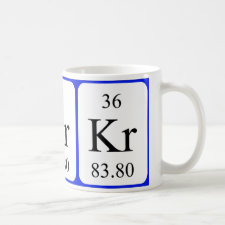
Authors: Khorrami AR, Edrisi M
Article Title: Synthesis and Evaluation of a Molecularly Imprinted Polymer for Solid Phase Extraction of Ethopabate from Chicken Tissue.
Publication date: 2010
Journal: Separation Science and Technology
Volume: 45
Issue: (3)
Page numbers: 404-412.
DOI: 10.1080/01496390903409567
Alternative URL: http://www.informaworld.com/10.1080/01496390903409567
Abstract: In this paper the development and evaluation of a molecularly imprinted polymer (MIP) for ethopabate is described. Ethopabate (ETP), 4-acetamido-2-ethoxybenzoic acid methyl ester, is one of the antibiotics which is used as coccidiostat in poultry feeds. In the present study, two widely used functional monomers, methacrylic acid (MAA) and 4-vinylpyridine (4-VP) were compared theoretically and experimentally as the candidates for MIP preparation. Hyperchem software was employed to estimate binding energies between ETP and functional monomers and batch rebinding experiments were performed to study the binding characteristics of the polymers. The results showed that MAA is a better functional monomer to prepare MIP. UV/Vis and NMR spectroscopy were used as two common tools to study the interactions between ETP and MAA in the pre-polymerization mixture. Liquid chromatography experiments showed that the prepared MIP has recognition capability toward ETP in comparison with other structurally related compounds. The ETP-imprinted polymer was further applied for selective solid phase extraction (SPE) of ETP from a chicken tissue sample. The extraction yield of ETP was found to be quantitative (87-á-¦-á3%) and the LOD and LOQ based on 3 and 10 times of the noise of HPLC profile were 0.05 and 0.32-áng-áml-1, respectively. It was confirmed that the binding ability of the prepared MIP for ETP was essentially sufficient in the presence of other compounds coexisting in tissue sample. Therefore, as a selective and efficient solid phase material, ETP-imprinted polymer has a high potential application in the analysis of residues of this antibiotic in chicken tissue samples
Template and target information: ethopabate, ETP, 4-acetamido-2-ethoxybenzoic acid methyl ester
Author keywords: chicken tissue, ethopabate, molecularly imprinted polymer, solid phase extraction



Join the Society for Molecular Imprinting

New items RSS feed
Sign-up for e-mail updates:
Choose between receiving an occasional newsletter or more frequent e-mail alerts.
Click here to go to the sign-up page.
Is your name elemental or peptidic? Enter your name and find out by clicking either of the buttons below!
Other products you may like:
 MIPdatabase
MIPdatabase









